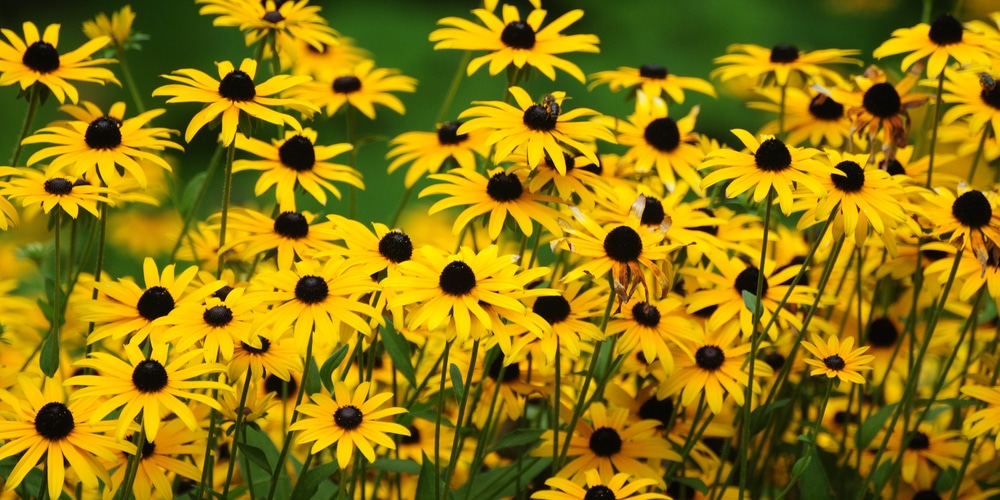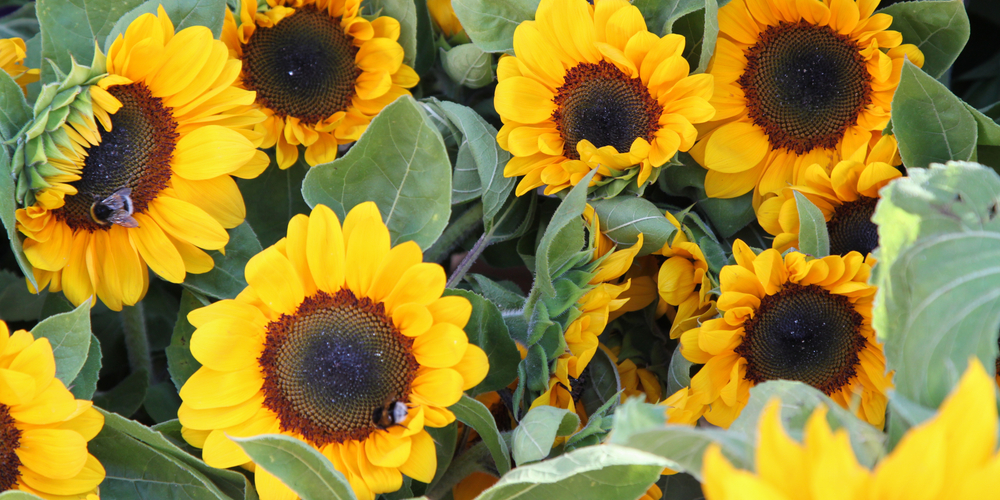Establishing and maintaining a healthy and beautiful lawn and garden is by no means an easy feat. You need to select flowers and shrubs that do well in your USDA planting zone, plant them at the right time, and stay on top of lawn maintenance practices. You may be wondering, ‘when to plant flowers in Kansas?’
If you live in Kansas and are considering starting a flower garden or adding a few annuals to your already existing perennials, one of the critical aspects you need to know regarding growing flowers is when to plant.
Planting flowers at the right time is key to ensuring they stay healthy and bloom on time. This post will cover when to plant flowers in Kansa, the Sunflower state and some varieties that do well here.
When to plant flowers in Kansas?

There is a lot that goes into establishing a thriving garden. That said, while there are a host of things to consider when setting up a flower garden, veteran gardeners know that proper timing can make the difference between your flower garden thriving and blooming beautifully or not blooming at all.
When it comes to deciding when to plant flowers, what matters most is your particular area’s last frost date, especially if you want to plant frost-sensitive flowers.
Kansas experiences bouts of brutal winters each year, with blizzards and storms being typical. Even so, it has humid subtropical and humid continental semi-arid climates characterized by overall mild winters and relatively warm summers.
The state falls in USDA planting zones 5b through 7a. It is imperative to know which Kansas USDA planting zone you are in so you can best determine when to plant your flowers.
In Kansas, the average last frost dates are April 21 to May 31, while the average first frost dates in Kansas are October 1 to 31. The exact last and first frost dates depend on which planting zones you live in.
To know when exactly to plant flowers in your Kansas garden, pay close attention to local weather and plant your flowers two weeks after the last frost. This is very important if you are planting frost-sensitive flowers.
Typically, most flowers can’t survive even light frost or temperature drops below 40 degrees Fahrenheit.
On the other hand, if you plan to grow cold-season flowers that can tolerate light frost, you may be able to plant early in the season.
In Kansas, where mother nature plays cruel tricks every year, gardeners have no option other than staying on top of the weather forecast – sometimes the last frost comes much later, and the first frost comes much earlier than the average date. Even the hardiest and most cold-tolerant flowers may die when the temperatures drop for an extended period.
To beat the uncertainties nature presents, it is advisable to start your flowers indoors and transplant them when the outside temperatures are consistently above 55 degrees Fahrenheit.
If you are planting perennials, you can wait to plant during fall. Most warm-season perennials have unique adaptations and will almost certainly go dormant in winter and re-grow in spring.
What flowers to grow in Kansas
Understanding which USDA planting zone you live in is the first step to knowing what flowers you can grow.
Typically, it takes 40 to 80 days for most flowers to grow from seeds to seedlings you can transplant outdoors.
For your Kansas garden, the good news is that there is a wide range of native flowers that are sure to brighten any lawn.
Whatever planting zone you live in, there is a great selection of native and exotic flowers that will work for you. When picking the flowers to grow, native varieties are a better option as they tend to be low maintenance.
Here are some of the flowers that will likely thrive and bloom their best in your Kansas garden:
- Sunflowers
- Marigolds
- Dahlia
- Daffodils
- Geraniums
- Rudbeckia
- Bloodroot
- Hardy Hibiscus
- Petunias
- Zinnia
- Hollyhock
- Buffalo gourd
- Impatiens
- Swamp Milkweed
- Daisies
- Hostas
- Tulips
- Lily
- Russian Sage
- Black Eyed Susans
- Coneflowers
When to plant flowers in Kansas: Final thoughts
If you are new to growing flowers, your local nursery is the best place to buy flower seedlings.
Most nurseries usually have flowers suited to specific plant hardiness zones. To be sure, you can always ask before buying.
Related Article: Can Bulbs Survive in USDA Hardiness Zone 9?
